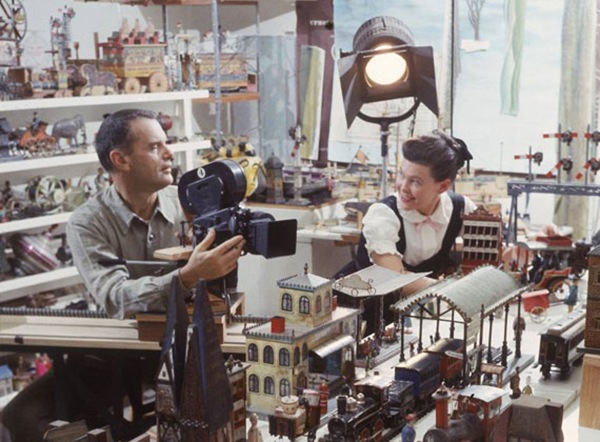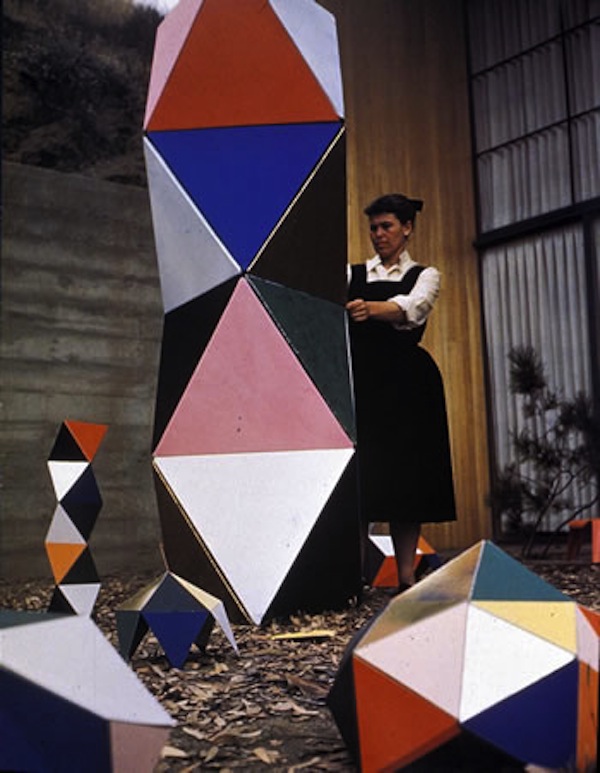
Taking Pleasure Seriously: A New Eames Documentary
For those who may have sat in Eames chairs a good portion of their life, but are unfamiliar with the larger arc of the couple’s career, the new documentary, Eames: the Architect and the Painter currently screening at CCA, will serve as a good introduction. Theirs must be the exemplary design career. It started with the design of a chair, which taught them the most valuable lesson that design ends but does not start from the visual look, and moved on to film and advertising. They were early explorers of a multi-media world, always engaged with the effective communication of ideas to the broadest possible audience. “The best for the most for the least” they liked to say. In their optimistic, forward-looking, experimental manner, they didn’t regard their work for the US government, Westinghouse, Polaroid, Boeing, or IBM as a sell-out, but as an opportunity to learn more about the science and technology they believed in.
The film tries to cover both the public and most private aspects of the designing couple. “Eventually everything connects” said Eames. We are shown personal letters with many charming graphic embellishments such as Charles’ line drawing of a woman’s hand with an arrow to the ring finger, asking “ what size is this finger?” or Ray’s shopping list for Charles in Europe, with sketches of a certain kind of hand-stitched glove, or a Balmain perfume washed in red…. They served floral bouquets as visual desserts, and it was Ray’s inspiration to use the image of the humble forget-me-not flower as the last in a film describing cold war American life to the Russians. Their job with IBM was to make the computer less scary to Americans by inserting it into the history of human problem-solving, and using a cartoonish graphic style.

Charles and Ray Eames working on a film
The circus was a real inspiration to Eames, a model for their studio in which a myriad of activities engaged with constraints in the effort to solve problems. How can you fit one more person in a clown car? How can you balance an elephant on a pedestal? The films makes a refreshing attempt to put modern design back in a context. Too often we fall for a myth of modernist purity, austerity, and control, valuing only the look, whereas the Eames were accessible, playful, even messy, and open to influences from folk art to the circus. The film touches on the special importance of Ray in this context, for her background was in painting. She was not afraid of color, of pattern, of mixing it up and believed in “taking pleasure seriously.”

Ray Eames with toy, 1951
